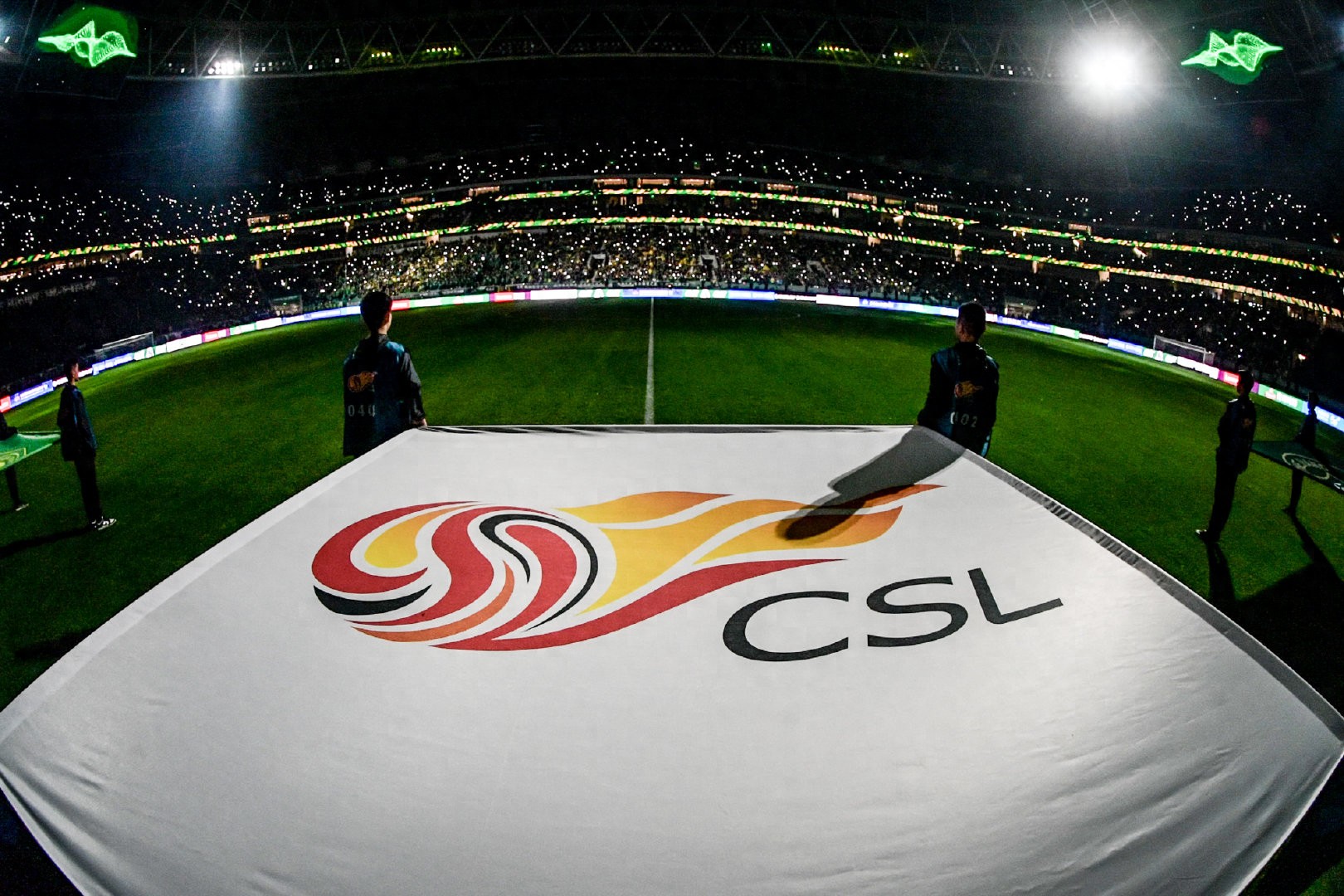The Super League needs to develop steadily, and the surrounding operations can become a stronger boost

The reporter reported coldly The Chinese Super League market continued to pick up this season, with a total of 956,400 spectators in the first five rounds, an increase of 74,600 over the same period last season. The average audience per game reached 23,900, exceeding the average audience per game in the first five rounds of the J1 League this season (19,880), and regaining the championship of the average audience per game of Asia's top leagues.
The number of spectators has risen, the attention of the Chinese Super League has increased, and the income around the club has increased significantly. According to statistics, the sales of the club's peripheral products last season were 16 million yuan, leading the Chinese Super League.
In the four major aspects of the operation pillar of professional clubs, the current TV broadcast revenue and commercial sponsorship income of the Chinese Super League club are still in the development stage, the club's revenue mainly depends on the box office income on match days, and the growth prospects of peripheral product operation are good.

At the beginning of last season, Tmall data showed that the sales of jerseys in Chinese Super League online stores surged by 63.2% year-on-year, especially for clubs with large fan groups such as Beijing Guoan, Shanghai Shenhua, and Chengdu Rongcheng. In addition to jerseys, sales of peripheral products such as team scarves, sports caps, casual shirts, and coats also increased by 26% year-on-year. At the beginning of this season, in terms of jersey sales alone, Shanghai Shenhua, Beijing Guoan and Tianjin Jinmen Tigers all increased significantly, and even sold out for a short period of time to be replenished. Chengdu Rongcheng is the second largest club in the Chinese Super League after Dalian InBev and Beijing Guoan in terms of home audience, and with Chengdu Rongcheng's stable attendance rate and fan base, it is expected that the annual surrounding income will exceed 10 million yuan.
The highest income of the Chinese Super League club's peripheral products is the "Golden Yuan Era". In 2018, when Guangzhou Evergrande was at its peak, the income around the club reached 60 million yuan. Before the relegation of the Guangzhou team in 2022, the club's peripheral income that year also had two or three million yuan. If according to the continuous recovery of the ball market and the rising attention of the Chinese Super League, if the clubs of the Chinese Super League "do their homework" at the level of peripheral product development and sales, it is entirely possible to reach or exceed the level of 60 million in the future.
In addition to peripheral products such as jerseys, scarves and other related clothing, Chinese Super League clubs can also conduct cross-border marketing, IP licensing or co-branding to third-party brands, and fully develop the commercial value of the club's IP.

The five major leagues in Europe accumulated by the century-old professional league, the sales of peripheral products are far ahead.
Last season, Real Madrid's jersey and peripheral product revenue reached 196 million euros, about 1.6 billion yuan, and Bayern, Barcelona (171 million euros), Liverpool, Manchester United (146 million euros), Arsenal (120 million euros) The five giants all earned more than 100 million euros in this regard. Scotland, with a population of just over 5 million, has a revenue of 35 million euros, or about 290 million yuan, from the region's league giants Celtic.
Related reports mention that West Ham United, which is compared with Beijing Guoan, had a revenue of 16.1 million pounds (about 150 million yuan) from peripheral products last season, about 9.2 times that of Guoan. Even in the lower leagues of England, the income from the club's peripherals is also considerable. Wrexham, a Welsh town club bought by two Hollywood stars, also earned 4.45 million pounds (about 40 million yuan) in League One last season.
Chinese Super League clubs catching up with Japanese and South Korean clubs should be a feasible goal in the near future. The top 3 J1 League peripheral revenues in 2023 are Urawa Red Diamonds (1.583 billion yen, about 80 million yuan), Yokohama Mariner (1.24 billion yen, about 62 million yuan), and Kawasaki Frontale (950 million yen, about 4700 million yuan). Last year, Beijing Guoan was on par with Hiroshima Sanfrecce and Iwata Joy in terms of peripheral product revenue, surpassing clubs such as Fukuoka Hornets, Osaka Sakura, and Tokyo Green.
The J1 League has a highly developed commercial development, a stable fan base, and the largest number of peripheral product categories in Asia, with half of the clubs' peripheral income reaching more than 30 million yuan. In comparison, the K1 League clubs are quite inferior. Ulsan Hyundai, which won the championship in the 2023 season, excluding the subsidies of the parent company, has its own revenue of 16 billion won (about 89 million yuan), peripheral income of 1.6 billion won (about 9 million yuan), and sold more than 15,000 jerseys. Together with the self-operated catering revenue of 1.4 billion won (about 7.5 million yuan), the total peripheral income reached about 16.5 million yuan. Jeonbuk Hyundai's self-operated income is 19.6 billion won (about 110 million yuan), FC Seoul's self-operated income is 16.9 billion won (about 94 million yuan), and the peripheral income of the two clubs is only slightly higher than that of Ulsan Hyundai.
Judging from the attendance rate of Chinese Super League matches and the fan base of the clubs, many clubs such as Beijing Guoan, Tianjin Jinmen Tigers, Dalian InBev, Shandong Taishan, Shanghai Shenhua, and Chengdu Rongcheng have sufficient potential for peripheral product development. Dalian InBev, which had the highest average audience per game in the Chinese League last season, earned only 360,000 yuan from peripheral products last year, accounting for only 1.1% of the club's self-operated income. This season, the club rushed to the Chinese Super League, the number of home spectators climbed to a new high, and the revenue of peripheral products has great room for growth.


Wonderfulshortvideo

Arsenal have drew 13 games this season?!



Raphinha TikTok live analysis



Giroud's career highlight reel is going to be absolutely up there 🐐🇫🇷



Some finish from Jonathan Rowe 🔥



Petrovic showing Chelsea what they’ve got waiting 🔥








 Links
Links
 Contact
Contact
 App
App


